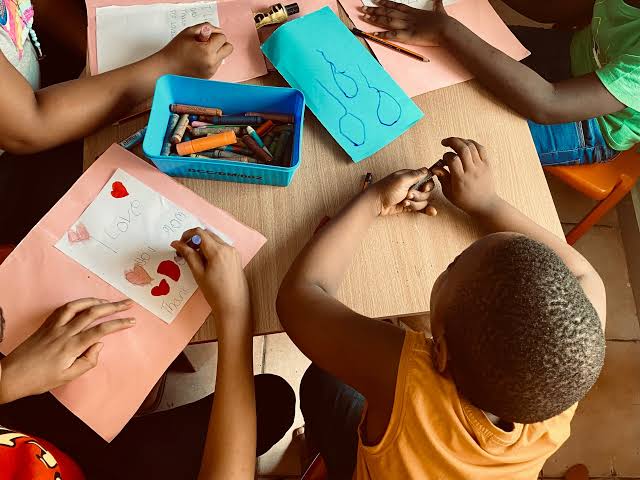The Role of Arts Education in Child Development

The Role of Arts Education in Child Development
Arts education plays a vital role in child development, offering a wide range of benefits that extend beyond the classroom. By engaging in arts activities, children can develop their creativity, critical thinking, and problem-solving skills. Arts education can also enhance their emotional intelligence, self-expression, and confidence. For instance, when children participate in music classes, they learn to express themselves through melodies and rhythms, which can boost their self-esteem and confidence.
Through music, dance, theater, and visual arts, children can explore different forms of creative expression. This can help them develop their imagination, innovation, and risk-taking skills. For example, in a dance class, children can experiment with different movements and styles, learning to take risks and trust their instincts. Arts education can also foster collaboration, communication, and teamwork among students. When working on a group art project, children learn to share ideas, compromise, and work together towards a common goal.
Moreover, arts education has been linked to improved academic performance, particularly in subjects like math and reading. Research has shown that students who participate in arts programs tend to have higher GPAs and better attendance records. Arts education can also provide children with a sense of joy, motivation, and purpose, which can be essential for their overall well-being and happiness. When children are engaged in arts activities, they often experience a sense of flow, which can help them develop a growth mindset and a love for learning.
In addition, arts education can help children develop their cultural awareness and appreciation, exposing them to different art forms, traditions, and historical periods. This can broaden their perspectives, promote empathy, and encourage them to become more engaged and active citizens. For example, by studying the art of different cultures, children can gain a deeper understanding of the customs, values, and beliefs of various societies.
By incorporating arts education into their curriculum, schools can provide children with a well-rounded education that prepares them for success in all areas of life. Arts education can help children develop the skills, knowledge, and creativity needed to thrive in an increasingly complex and rapidly changing world. As a result, arts education should be considered an essential part of every child’s educational journey.






